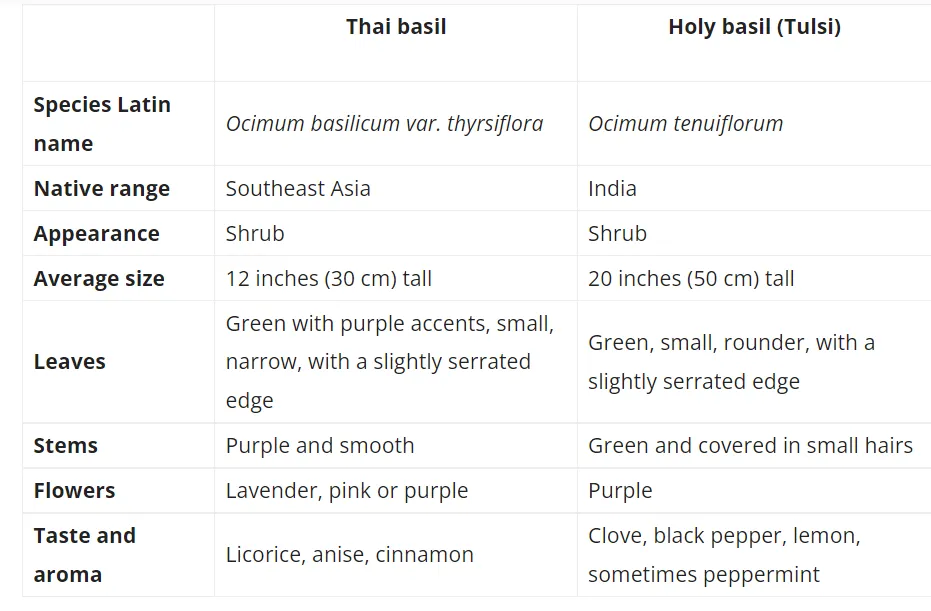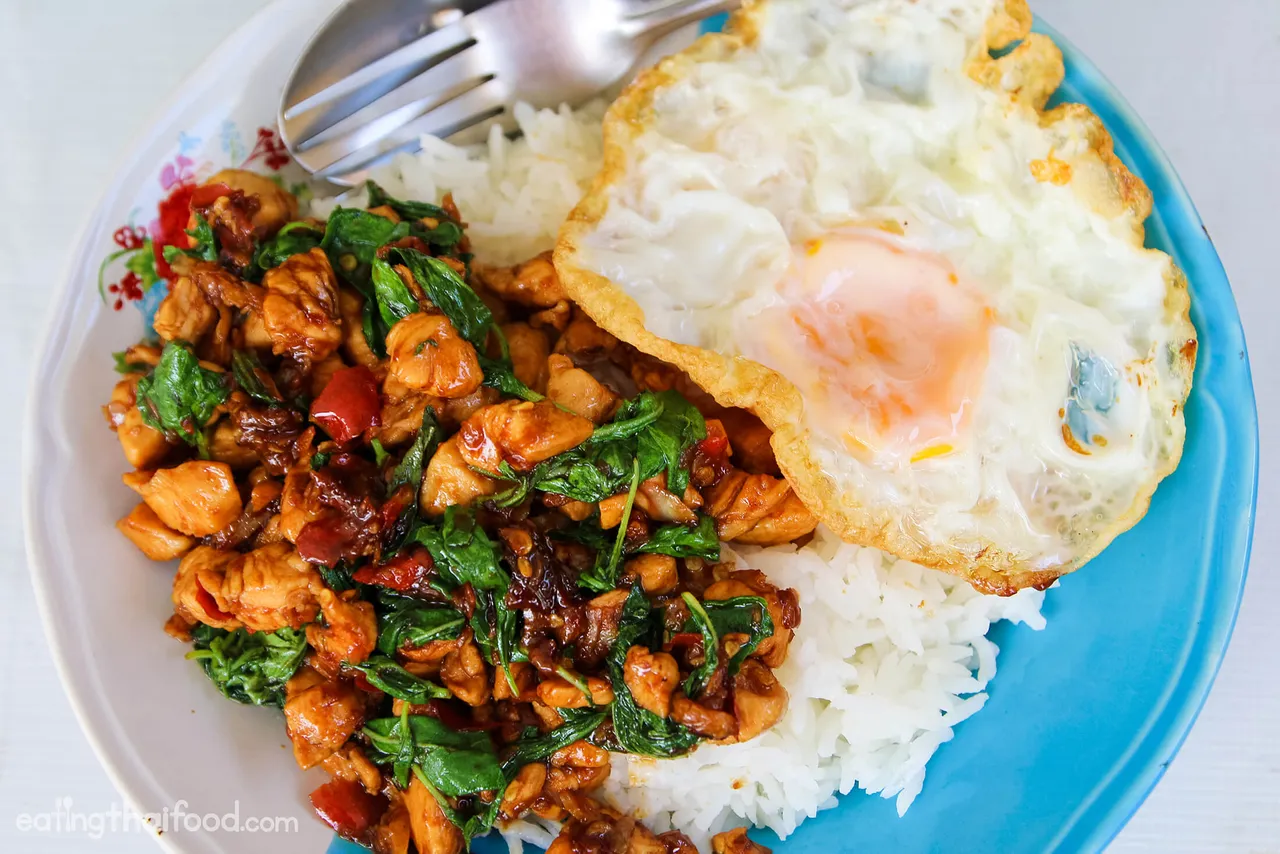I continue to be amazed how a 5,000 year old Ayurvedic herb from India grows rampantly here in Thailand. It is always cheap at the market, and always available. A bunch is always the standard price of 5 baht (about USD $0.18) regardless of the time of year. And yet little is known about it here in Thailand as a *healing herb and it's predominantly sold "only" as a culinary herb.
I'm taking about Holy Basil - Ocimum tenuiflorum - called Tulsi in India and in Thai: กะเพรา kaphrao.
It grows like a weed in my Thai garden here in Chiang Mai most of the year, but suffers a bit during the cool season of December-February. This image is from one of the probably 20 plants that have 'volunteered' around the garden.
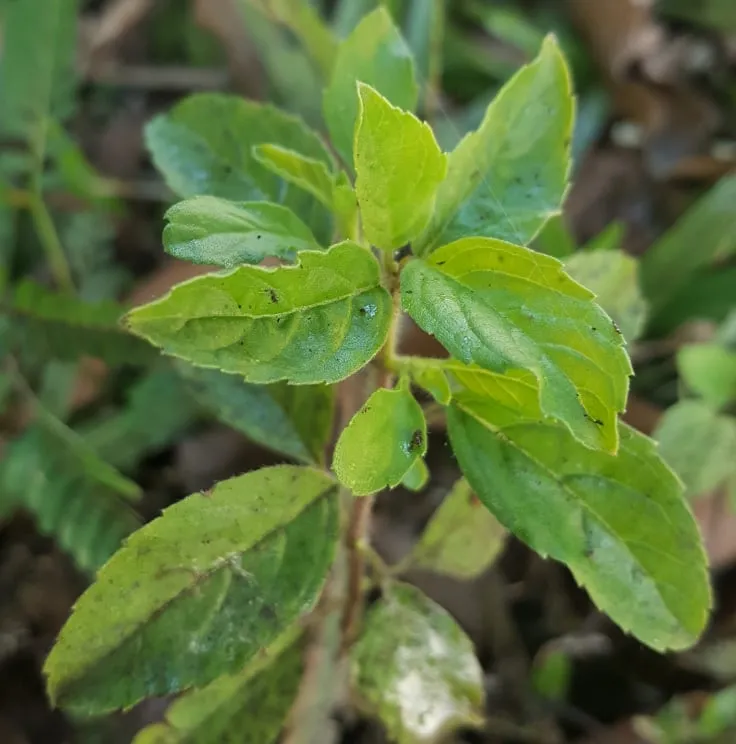
It is not to be confused with Thai basil, which is sort-of same-same, as we like to say it here: Same Same But Different.
🌿What makes กะเพรา kaphrao so fundamental to the idea of REST is that it is a powerful adaptogen.🌿
What the heck is an adaptogen??
Adaptogens or adaptogenic substances are used in herbal medicine for the claimed stabilization of physiological processes and promotion of homeostasis. Source
And in order to rest, we first need homeostasis - that point of internal balance. So Holy Basil, or กะเพรา kaphrao is the fundamental herbal building block which enables rest.
Ultimately, consuming an adaptogen like Holy Basil regularly helps to regulate the adrenaline-dopamine-cortisol levels, which help enable better mood, less aggression, better REST and yes, better sleep. No, it doesn't make you sleepy in the least. In fact, it's spicy-peppery-basil flavour will definitely perk up your taste buds in the short term.
Traditionally Thai people EAT Holy Basil in a typical dish you will find on every street corner: Pad Krapao Gai (ผัดกระเพราไก่). Actually had it for lunch today! 😜
But usually, when the plants are booming, I cut it regularly, dry the leaves and use it to brew a delicious iced tea.
Right now, the dozen or so big plants are looking very sad and sorry after 8 weeks of Northern Thai "winter" (temperatures down to about 12C overnight) but happily self sowing and beginning to sprout everywhere.
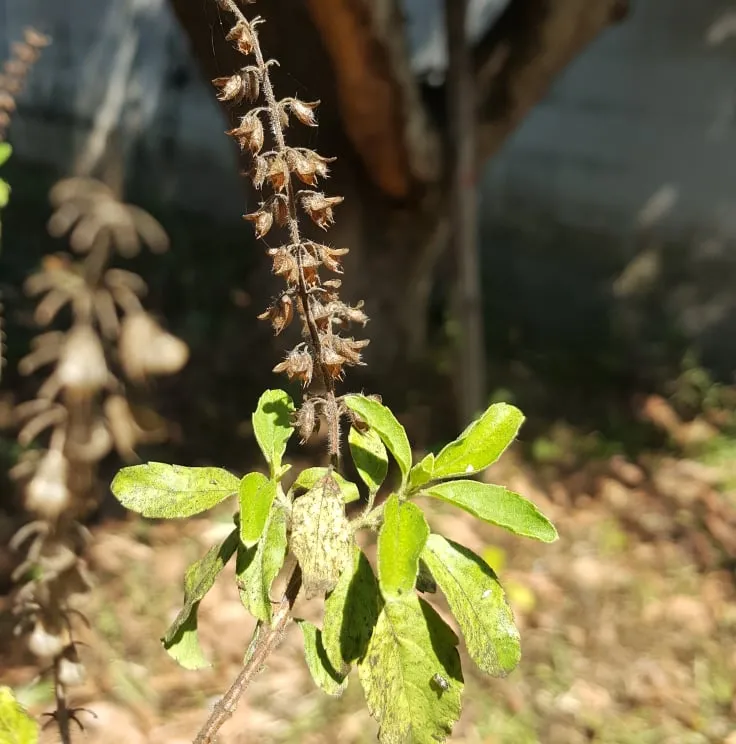
The big advantage of cutting the grass myself now (less fanatically and less regularly) is that I can wait a week or two till the 'volunteers' are easy to identify, and then dig them up for relocation.
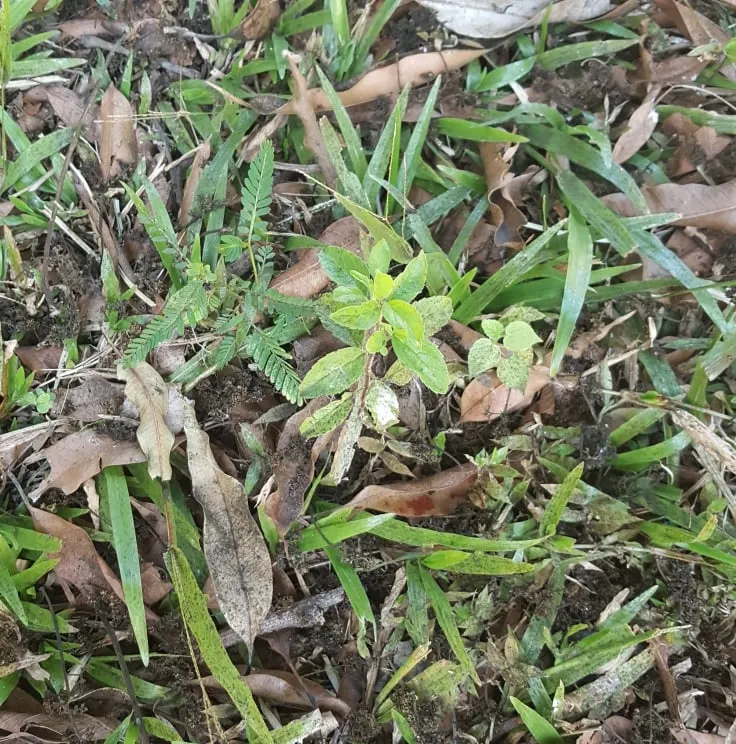
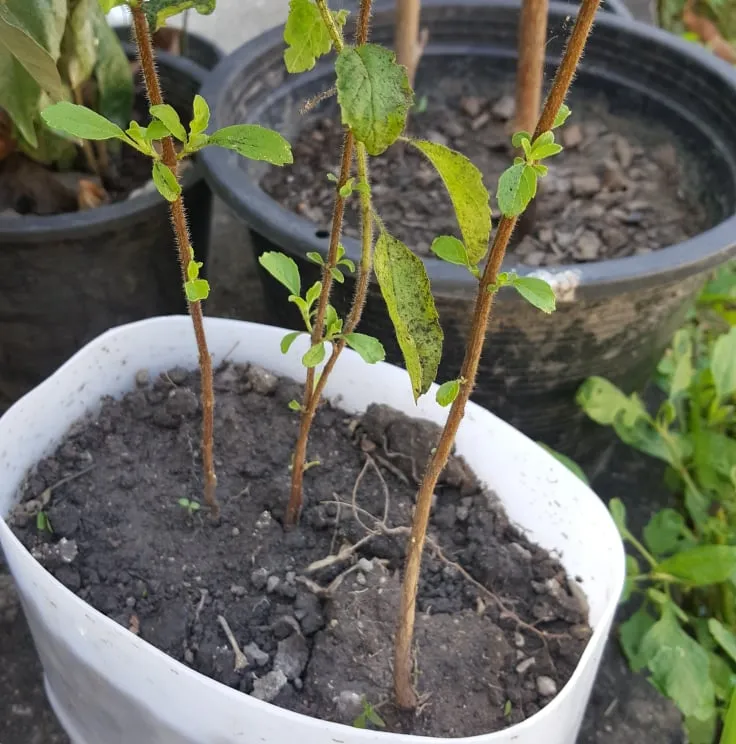
My mission this year is to get rather a lot of Holy Basil plants stable and planted in big tubs. So I can produce more of this amazing tea for myself. One plant happily grows to about 3 feet tall and we can harvest daily for 9 months of the year. Yes, I CAN buy it at the Thai fresh markets very cheaply, but the local habit of fertilizing with pig manure makes it less than my favourite way of obtaining it, since the pig manure often carries nasty pathogens and parasites in Asia.
Ironically Holy Basil itself is a treatment for upset stomachs, among many other things.
A total of 24 studies were identified that reported therapeutic effects on metabolic disorders, cardiovascular disease, immunity, and neurocognition. All studies reported favourable clinical outcomes with no studies reporting any significant adverse events. The reviewed studies reinforce traditional uses and suggest tulsi is an effective treatment for lifestyle-related chronic diseases including diabetes, metabolic syndrome, and psychological stress. Source
Specifically, in the almost-post-Covid era, I personally plan to INCREASE my consumption of Holy Basil for:
- improved immune response;
- proven anti-viral effects;
- proven ability at reducing the effects of stress in the body;
- proven ability to improve breathing in asthma and bronchitis patients.
Enhanced immune response was reported in five clinical studies [76–80]. A small randomized double-blind, and placebo-controlled trial found increased immune response with increased Natural Killer (NK) and T-helper cells in healthy adult participants compared to placebo volunteers after 4 weeks of 300 mg or ethanolic tulsi leaf extract daily taken before food [77]. Another 2-week controlled randomized study in which young adult volunteers were provided with nutrition bars fortified with 1 g of ethanolic tulsi leaf extract found that compared to control participants, the intervention group had significantly improved VO2 max, less fatigue, reduced Creatine Kinase, and improved immune response to viral infection as indicated by reduced load of human herpesvirus 6 in saliva [76]. Source
It strikes me as way, way smarter than relying on any vaccination.
How best & easiest to consume Holy Basil?
In this HOT country called Thailand, where mostly the average daily temperature is sweaty at best, DRINKING it makes the most sense. An iced tea, brewed fresh each day from organic, home-grown dried holy Basil leaves, with a few slices of lime, is incredibly refreshing, cheap and easy.
And so I'm BUSY - digging up 'volunteer' plants and potting them out, so I can move them to best manage the micro climates around the house, the front and back porches and in the garden. Right now, the mango tree is in flower and dropping sticky sap and spent flower bits everywhere, and the established Holy Basil plant below is not at all amused! It will survive and thrive again, but it makes more sense to have multiple healthy plants able to harvest steadily, all year round.
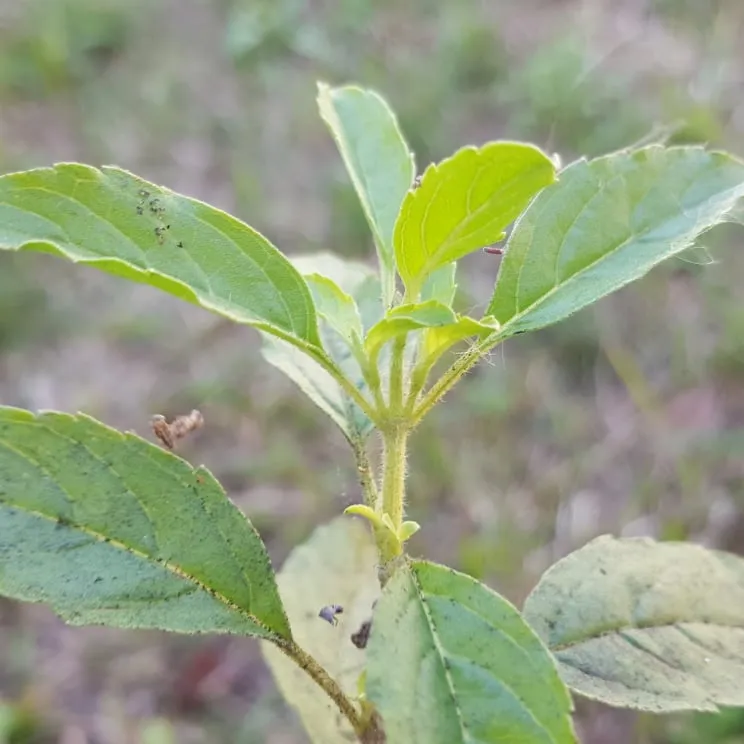
Enjoying my tinkering with the new Holy Basil plants
Blissed'n'Blessed by Herbal Abundance
Inviting @amygoodrich and @minismallholding to join us in this wonderful Herbal Hive Challenge
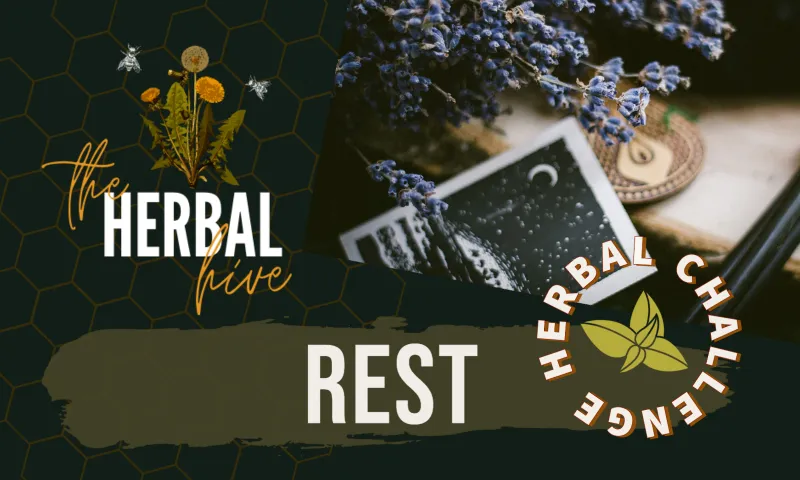


Get Your FREE Hive Account


